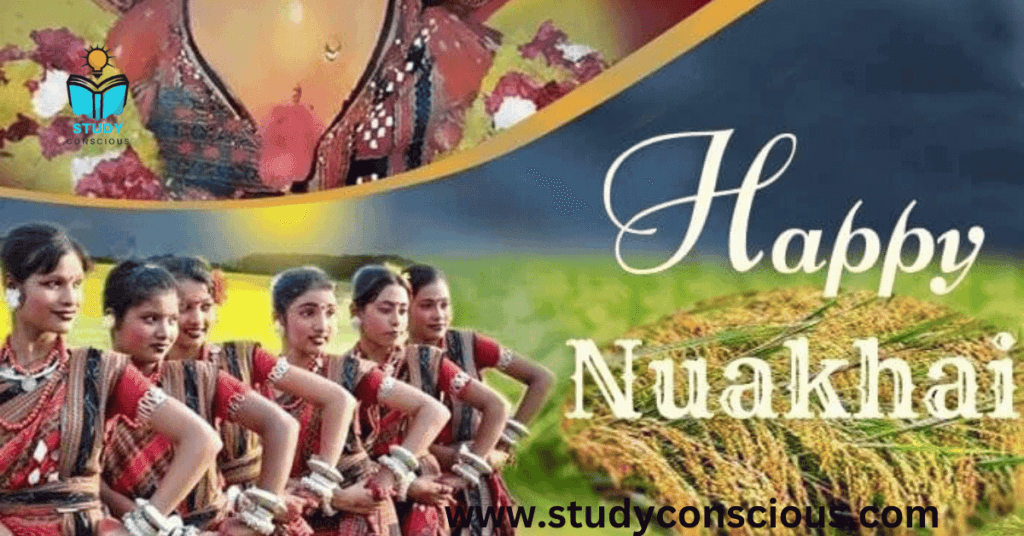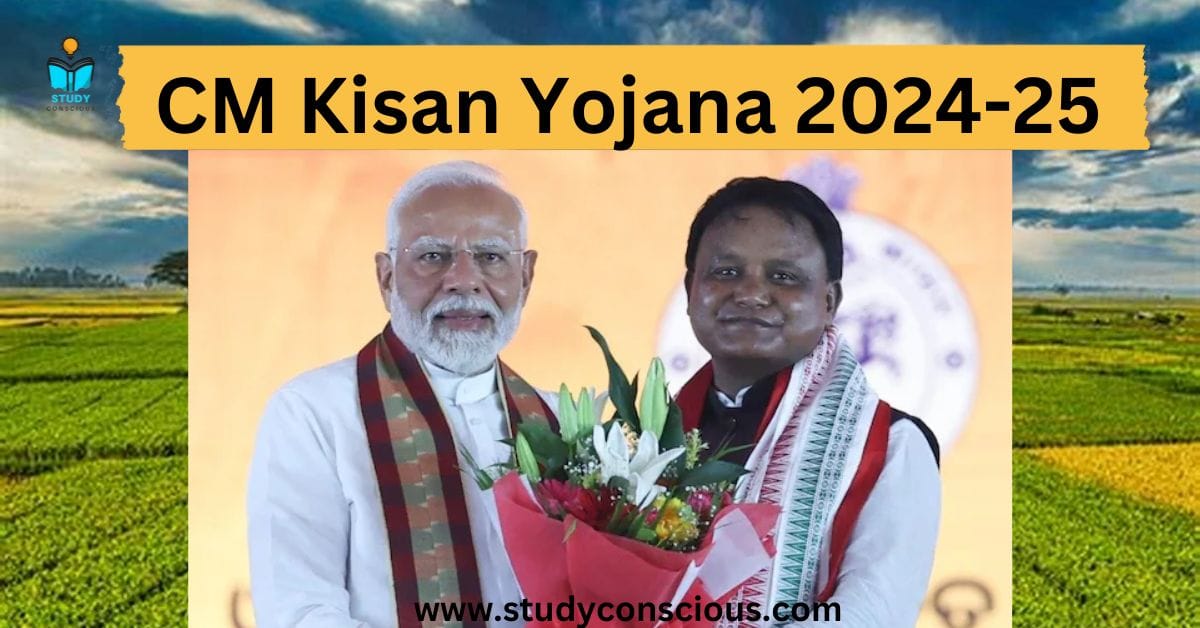Chief Minister Mohan Charan Manjhi has launched a new scheme, “CM Kisan Yojana,” as a special gift for the farmers of Odisha in celebration of the Nuakhai festival, an important agricultural festival observed in western Odisha. The scheme is designed to provide financial assistance to farmers who are not covered under the Pradhan Mantri Kisan Samman Nidhi (PM-KISAN) Yojana.
Key details of the CM Kisan Yojana include:
- Financial Assistance: Eligible farmers will receive a total of ₹4,000 in two phases:
- The first instalment of ₹2,000 will be distributed on Nuakhai.
- The remaining ₹2,000 will be provided on Akshaya Tritiya.
- Support for Landless Farmers: In addition to small and marginal farmers, the scheme will also benefit landless farmers who were excluded from the PM-KISAN Yojana.
This initiative is part of the state government’s broader efforts to uplift farmers and promote agricultural development in Odisha. By launching this scheme, the government aims to extend support to a section of the farming community that has not previously benefited from other central schemes.
Government fund allocation : Rs. 1,935 Cr
The Odisha government is set to begin the process of including new farmers under the CM-KISAN scheme, with a budget allocation of ₹1,935 crore for the year 2024-25. This initiative, announced by Deputy Chief Minister K V Singh Deo, is aimed at empowering small and marginal farmers, as well as landless agricultural households in the state.
Key details of the CM-KISAN scheme include:
- Target Beneficiaries:
- Small and marginal farmers.
- Landless agricultural families.
- Financial Assistance:
- Eligible farmers can apply through the CM-KISAN portal to receive benefits.
- Landless agricultural families will receive ₹12,500 in three instalments.
This scheme is part of the Odisha government’s broader efforts to support and uplift the state’s farming community, ensuring that financial assistance reaches those in need
About Nuakhai Festival

Nuakhai is an agricultural festival primarily celebrated by the people of Western Odisha in India. It is observed to welcome the new harvest of rice for the season. According to the lunar calendar, Nuakhai falls on Panchami Tithi (the fifth day) of the lunar fortnight in the month of Bhadrapada or Bhadra (August–September), which is the day following the Ganesh Chaturthi festival.
About the festival
Nuakhai, also known as Nuakhai Parab or Nuakhai Bhetghat, is an agricultural festival celebrated by the people of Western Odisha, and it is also referred to as Navakhai Parv in Chhattisgarh. The term “Nuakhai” comes from the words “nua,” meaning new, and “khai,” meaning food, symbolizing the farmers’ possession of newly harvested rice.
Celebrated the day after the Ganesh Chaturthi festival, Nuakhai is considered a new ray of hope for farmers and holds great significance for the agricultural community. The festival is observed at a specific time of day called lagan, during which people first offer prayers to their village god or goddess before consuming the new rice (khai). A special dish called Aersaa Pithaa is traditionally prepared to mark the occasion.
While Nuakhai is observed across Odisha, it holds particular importance in the life and culture of Western Odisha. The festival is primarily celebrated in the districts of Kalahandi, Sambalpur, Balangir, Bargarh, Sundergarh, Jharsuguda, Subarnapur, Boudh, and Nuapada. It is essentially a festival of thanksgiving and worship for the newly harvested food grains, deeply embedded in the agrarian way of life.
Ancient origin
According to local researchers, Nuakhai has ancient origins. Some researchers trace the fundamental idea of this celebration back to Vedic times, when sages, or rishis, spoke of Panchayajna—the five important activities in the annual calendar of an agrarian society. These five activities are:
- Sitayajna – the tilling of the land.
- Pravapana Yajna – the sowing of seeds.
- Pralambana Yajna – the initial cutting of crops.
- Khala Yajna – the harvesting of grains.
- Prayayana Yajna – the preservation of the produce.
In this context, Nuakhai is believed to have evolved from the third activity, Pralambana Yajna, which involves cutting the first crop and reverently offering it to the mother goddess
Rituals of the nine colors of Nuakhai
In the Western Odisha region, preparations for Nuakhai begin 15 days in advance. The festival is believed to have nine symbolic colours, and as a result, nine sets of rituals are followed as a prelude to the actual day of celebration. These nine colours include:
- Beheren – the announcement of the festival date.
- Lagna dekha – setting the exact time for the rituals.
- Daka haka – the invitation to relatives and friends.
- Sapha sutura – cleaning of the house and surroundings.
- Ghina bika – purchasing the necessary items for the festival.
- Nua dhan khuja – collecting the newly harvested rice.
- Bali paka – preparing the altar for the offerings.
- Mana paka – measuring the grains for the ritual offering.
- Nuakhai – the actual celebration, including offering the first harvest to the deity.











